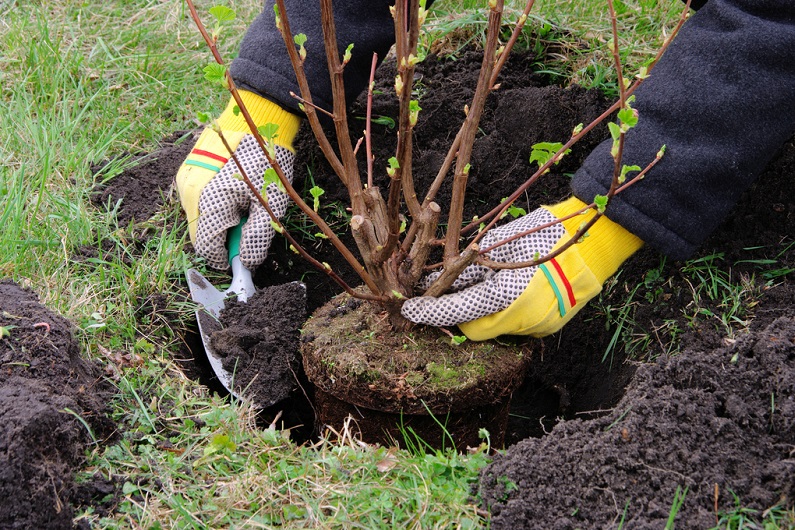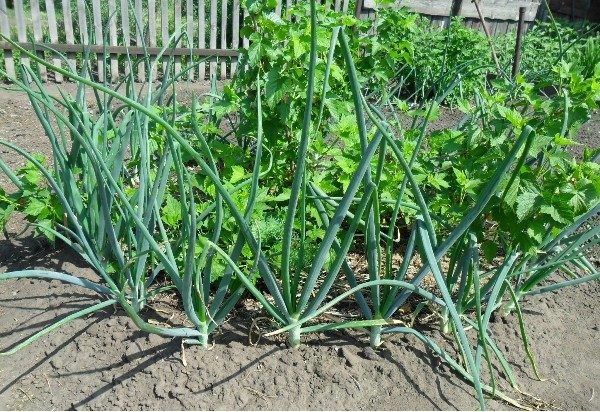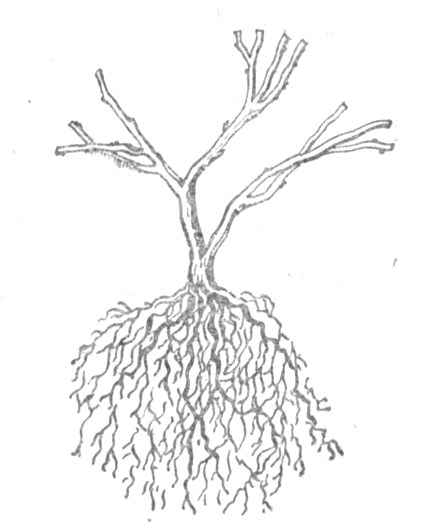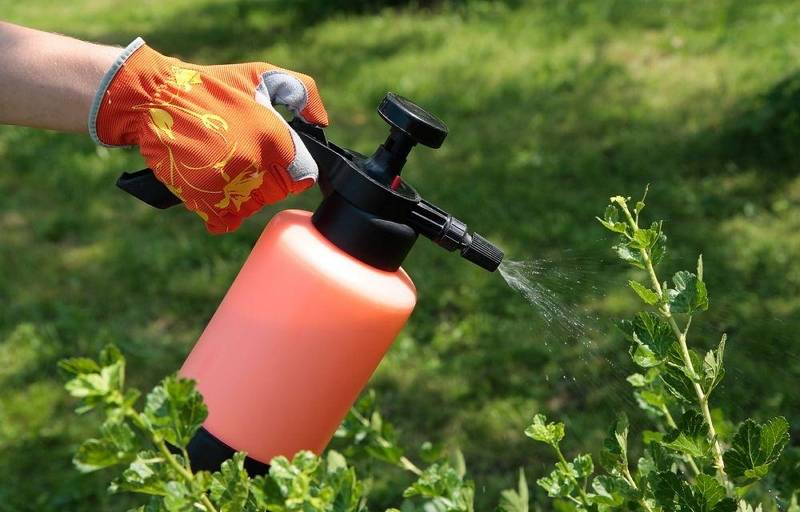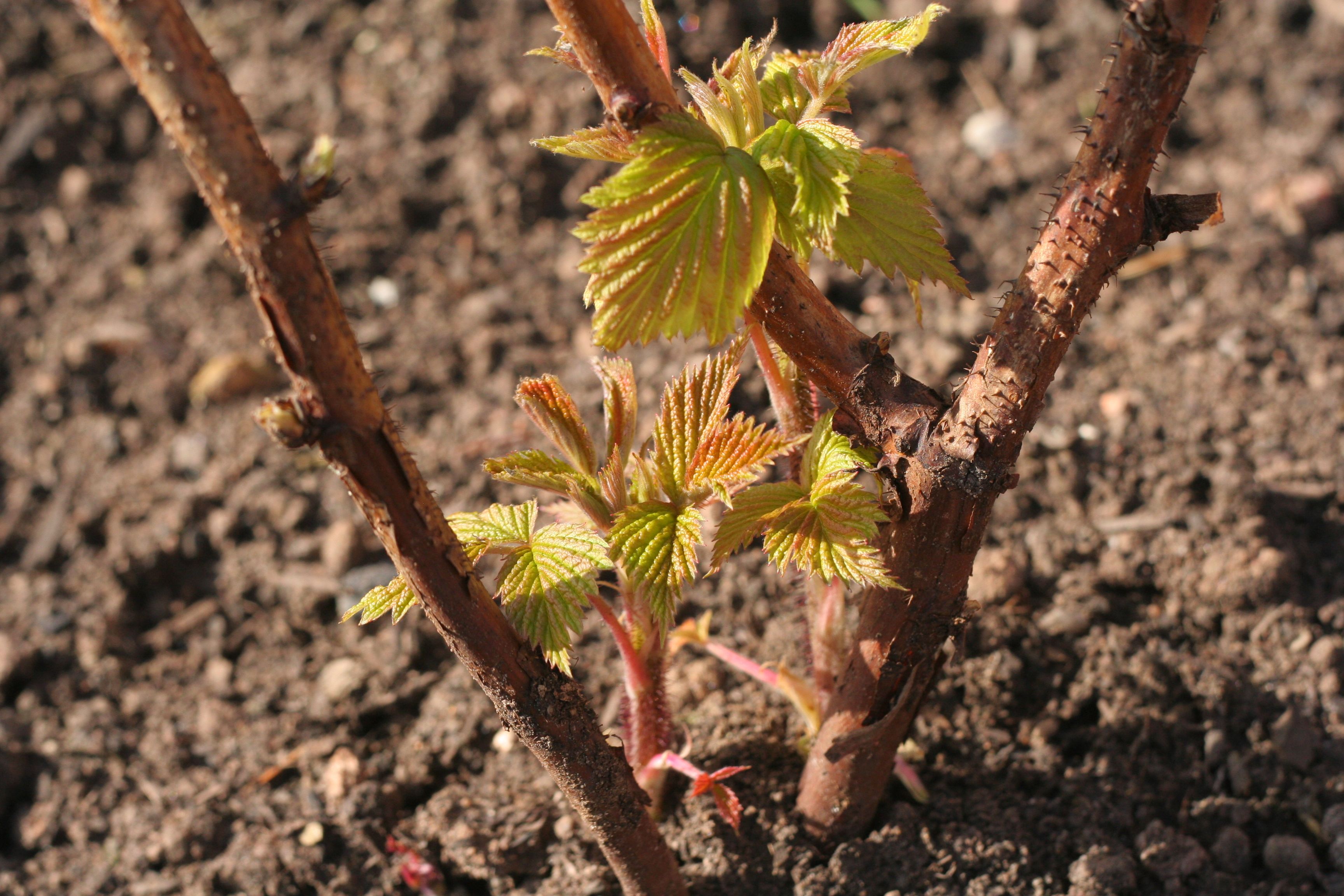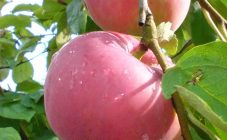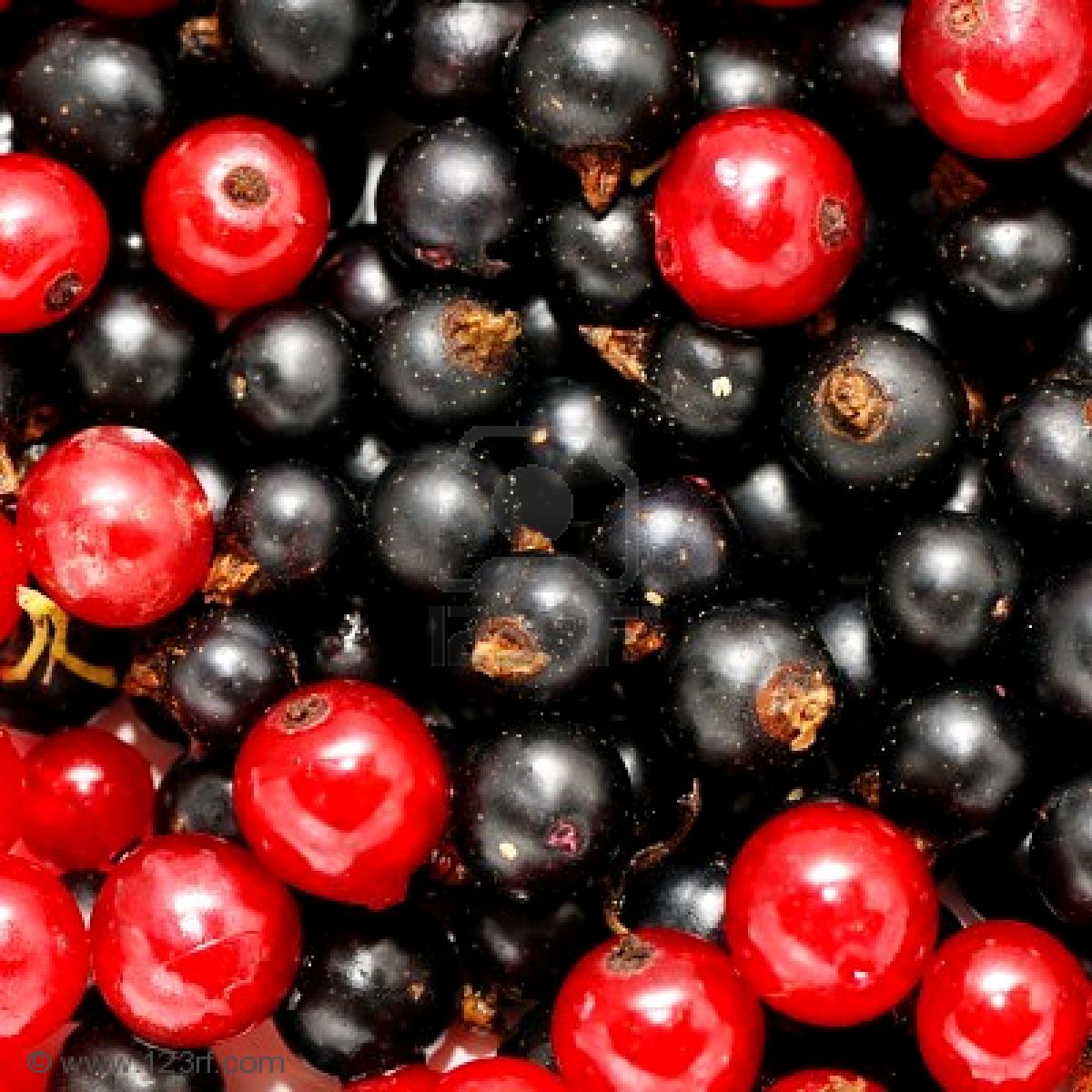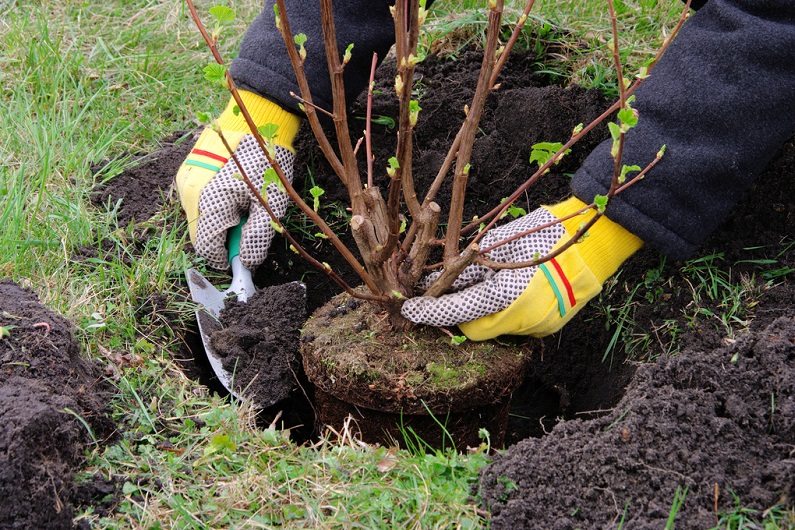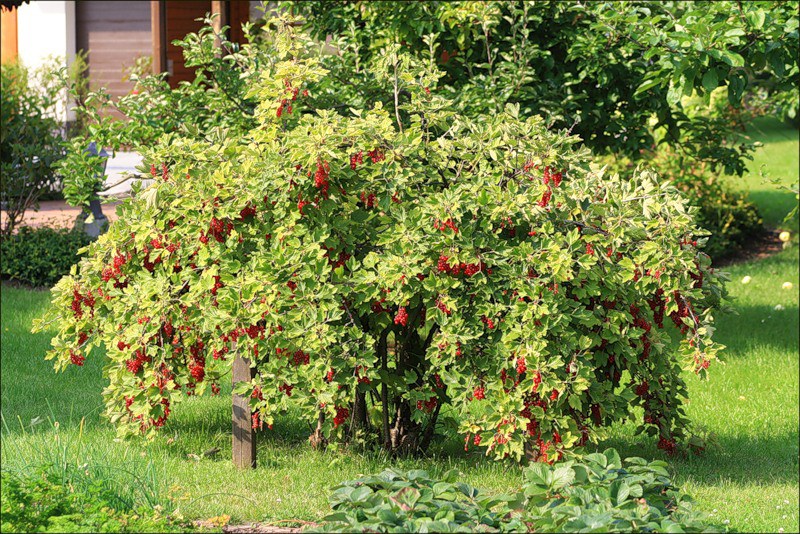Content:
Currants belong to the category of special plant species, the most suitable time for planting which is autumn. At this time, the soil near the bush finally settles, which contributes to better fruit ripening. But if the summer resident, for one reason or another, is interested in her spring planting, this option is also possible subject to certain conditions.
For everyone who wants to understand how the planting of currants in spring with seedlings is organized, we suggest carefully reading the materials of this article.
Pick up time and place
The period when currants should be planted in the spring should satisfy one single requirement - this should be done as early as possible (preferably immediately after the snow has melted). Usually the end of April or the beginning of May is chosen for this, when the earth is already beginning to rot under the influence of heat, having been saturated with moisture. Any other month will not be able to create suitable conditions for planting seedlings in the soil.
The advantages of choosing this time include the fact that the root system of the plant planted in the ground will not be able to freeze in the ground already warmed by the sun (as it sometimes happens in autumn).
The most important condition for the early planting of this culture is a competent approach to choosing a place for it. Before planting currants in the spring, first of all, you need to take care that the selected area meets the following requirements:
- The place for currant seedlings, as a rule, is chosen on the sunny and well-sheltered side of the site;
- Since currants prefer moisture, the soil in this part of the garden should not be very dry.
Before planting currants within the boundaries of the selected zone, it is also important to know with which crops it can be placed in the neighborhood without harm. Among the fruitful plants, next to which it is not recommended to plant currants, is the gooseberry, which is close to it in class. The undesirability of its neighborhood is explained by the fact that both of these crops can be simultaneously affected by the gooseberry moth (currant leaves and fruit are largely affected by this disease).
Onions, strawberries, garlic, and apple trees are all perfectly acceptable blackcurrant surroundings.
Landing features (instructions)
Preparation of seedlings
It is customary to plant currants in the form of seedlings, and it is best if they are two years old. For confident germination under normal conditions, such a seedling must have at least three skeletal roots. Immediately before planting, it must be removed from the container and carefully examine the root system.
It should not have any traces of damage (breaks and cuts), which guarantees reliable germination of this bush.
In this case, a plant grown according to all the rules (no matter what kind it will be: white or red) bears fruits, the characteristics of which are almost identical to the berries from the mother bush.
Thus, planting in a stalk is a convenient option for those gardeners who have currant bushes tested in terms of yield.By propagating them by this method, they are guaranteed to get high quality young growth and do not risk making mistakes when buying untested sprouts.
In the event that a decision is made to use currant seedlings, when planting them, it is necessary to be guided by the rules discussed below.
Landing conditions
When researching the question of how to properly plant currants in the spring, you must adhere to the following recommendations, which can be considered a step-by-step plan:
- To plant currants in the chosen place, you will need to dig holes, about 40 cm deep, and no more than 50 cm wide;
- In the event that the soil has not been previously fertilized, up to 8 kg of manure (humus), about 60 grams of potassium salt and 100 grams of superphosphate in granules are added to the holes;
- After that, at least 10 liters of water should be poured into each of them, which must be completely absorbed;
- Immediately upon planting, the seedling is placed in a hole at a slight slope, after which its roots are carefully covered with reclined soil;
- In the process of planting in the ground, you will also need to ensure that the root collar of the appendix is located at a depth of about 6-7 cm.
Currant planting experts and guidance recommend adhering to the above rules, as they provide the best indicator for such an important characteristic as sprout survival. At the end of the planting of the seedling, the soil in the hole around it must be lightly tamped, securely fixing it in this place.
The optimal distance from one hole to another plays an important role in planting and depends more on the specific variety of currants. According to generally accepted rules, the black variety should be planted in such a way that a row from a row is defended not less than 2 meters; at the same time, it must be removed from neighboring bushes in one line at least by 1.5 meters.
When considering how red or white currants are planted, the same requirements will look like this: seedlings of these varieties should be planted with distances between rows of the order 1.5 meters... And from a neighboring seedling in one line, each bush should be at a distance minimum 1.25 meters.
Nesting method
In addition to the direct method of planting seedlings described above, there is another method called nesting and providing a good result (abundant fruiting of any of the known varieties of currants).
A well-known recommendation for planting seedlings in this way is as follows:
- First, you need to mark the area of soil selected for planting in the form of a regular triangle with sides about 25-30 cm long;
- Then, in its corners, holes should be prepared with the size already specified above and one seedling should be planted in each of them;
- The sequential placement of such landing zones will save on the area occupied for landing;
- The next same combination is done at some distance from the first triangle (no closer 25 cm from a neighboring nest).
Sprout care
Before caring for currant sprouts, first of all, you should know that the order of care depends on the planting area and the climatic conditions characteristic of it. Let us consider only some of the regions of Russia in which the peculiarities of planting this culture are most clearly manifested (these actions, if desired, can be presented as care instructions).
In the Moscow region, as well as in the Volga region, caring for shrubs is reduced to their reliable protection for the winter by bending the branches to the ground and covering them with auxiliary means. In this form, the bushes tolerate cold weather well and preserve barely outlined shoots. With the onset of spring, you should open them and water at least once every 10 days with warm water.
At the same time, it is imperative to spray the shrubs with protective agents dissolved in water, protecting them from pathogenic bacteria and small insects. Upon completion of all these procedures, it will be possible to proceed to actions involving the formation of sprouts (their sanitary pruning).
Since spring comes late in Siberia and the Ural region, it is best to postpone the transplantation of currant seedlings in these places until autumn. With the arrival of spring, the same procedures (spraying and pruning) are carried out with them, which are carried out even before bud break.
Typical mistakes in caring for this crop include:
- Incorrectly chosen period for freeing the bush from the protective shelter, which can lead to rotting;
- Late pruning, which can cause the growth of diseased shoots and the appearance of pests throughout the bush;
- You should also avoid over-fertilizing and over-watering when caring for planted bushes.
In conclusion, we note that, following the recommendations given in this review, any amateur gardener will be able to properly plant currant seedlings in the spring. And the experience of self-planting and caring for this plant will certainly come with time.
